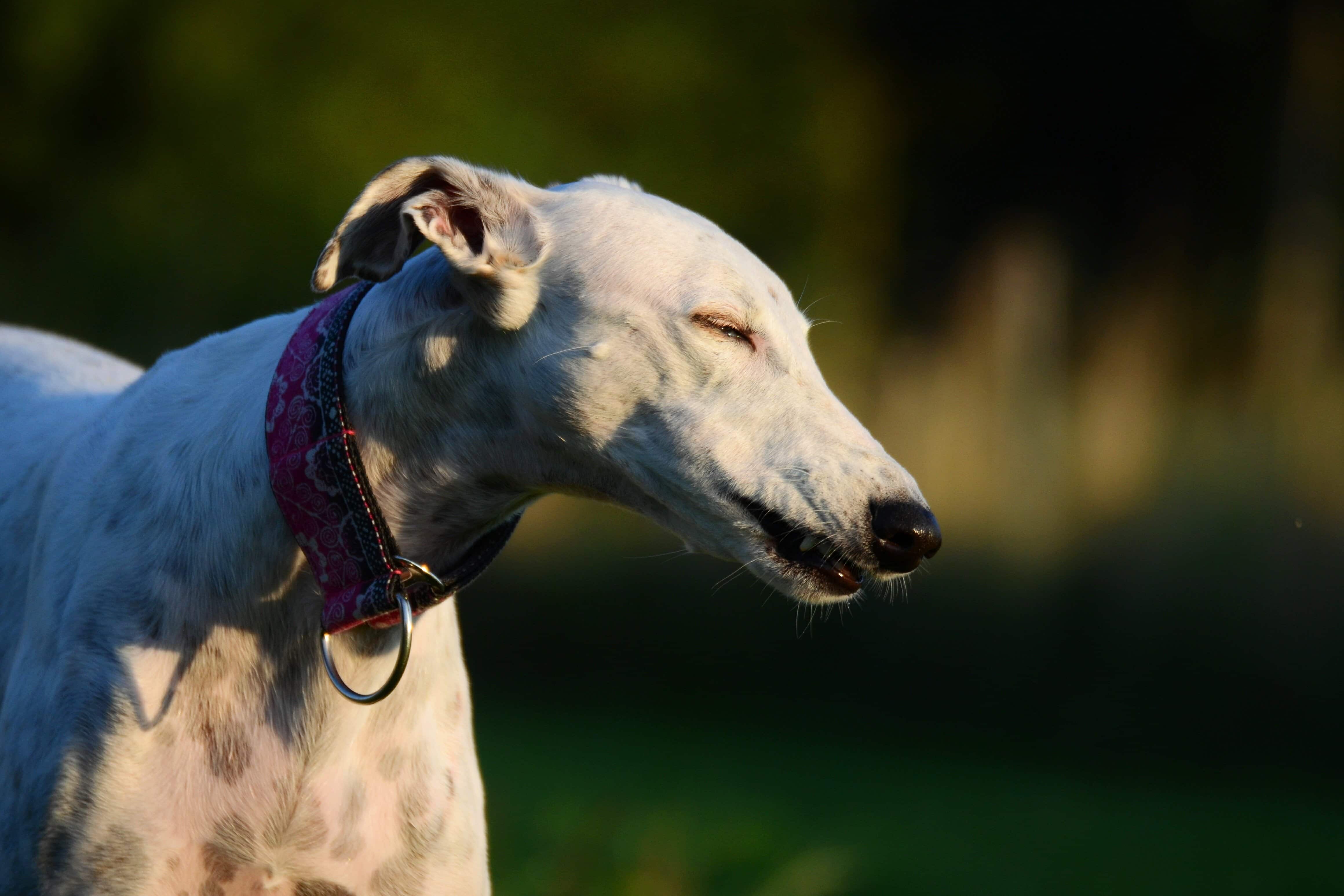Reverse sneezing in dogs
Dogs can have "reverse sneezing" attacks, which are called "reverse sneezing". Although the attacks are impressive, reverse sneezing is usually not serious for dogs. The attacks are usually short-lived and infrequent. Treatment is rarely needed.
What is reverse sneezing in dogs?
Reverse sneezing means reverse sneezing or reverse sniffing.
Reverse sneezing manifests itself in the form of a short (a few seconds) but impressive attack for the owners. The dog presents a characteristic position, it stops, extends the head and flexes its front legs, the belly retracted. It presents a succession of strong inspirations associated with very noisy snoring, the movements of the thoracic cage are very ample. Owners may feel as if their dog is choking or trying to vomit.
Reverse sneezing is usually not severe and attacks are infrequent.
Don't hesitate to film your dog: your veterinarian will be able to tell from the video if it is indeed reverse sneezing.
What causes reverse sneezing?
Reverse sneezing is caused by irritation of the nose or throat.
It can occur after the animal has eaten or drunk, after sniffing dust on the ground, after excitement or exercise, after pulling on a leash, etc...
Other causes can be responsible for reverse sneezing: a foreign body (e.g. spikelet in the nasal cavity), allergies, parasites, polyps, etc...
If your dog has only had one attack and his general condition is good, then there is no need to worry. It is rarely necessary to start a treatment for this.
On the other hand, if the seizures are frequent or if you observe the slightest abnormality (breathing difficulties, depression, etc...) or if you have doubts about the nature of the seizure, then it is advisable to consult a veterinarian. A clinical examination will be performed and if necessary additional tests.

